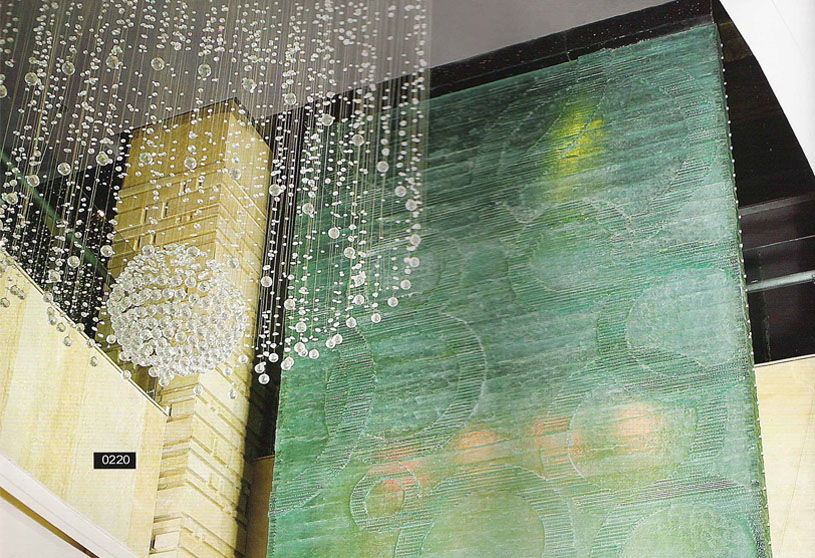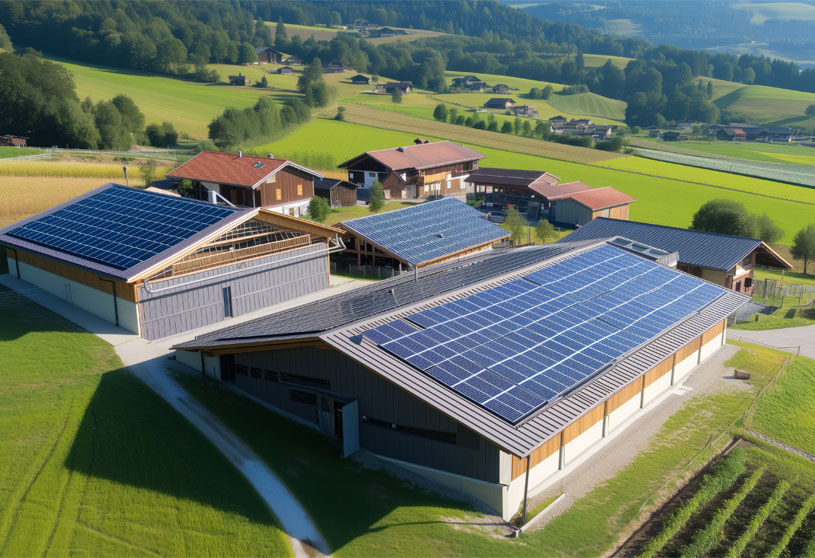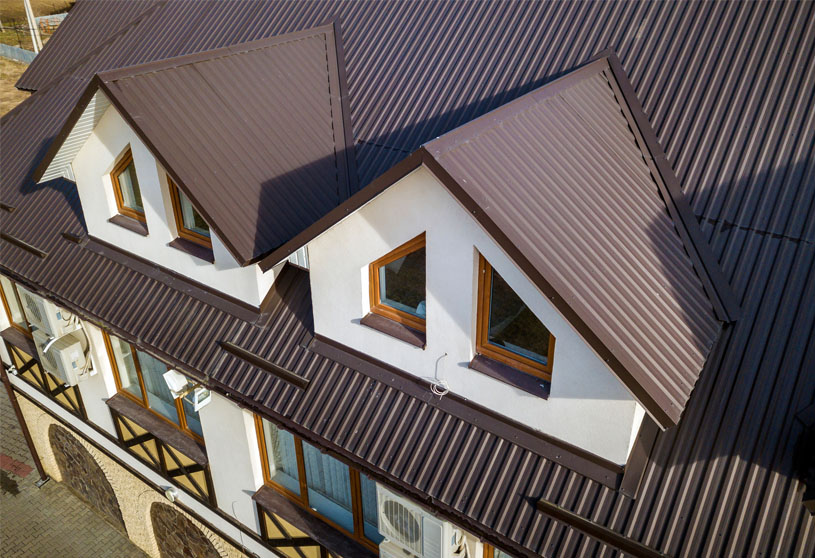Over the past few decades, architecture and interior design have witnessed a paradigm shift, with materials and techniques evolving to cater to modern sensibilities. Glass, in particular, has emerged from the shadows to become a central figure in contemporary design. As architects and designers have experimented with this transparent marvel, one specific trend has captured global attention: the art of stacked glass. This unique approach is redefining how we perceive and utilize glass in our built environments.
The Rise of Glass in Modern Interior Design
Historically, glass was predominantly viewed as a medium for windows, allowing sunlight while maintaining shelter. Its primary role was functional. However, as modern design began to favor open spaces, minimalistic approaches, and a seamless integration of interiors with exteriors, glass transitioned from a functional element to a centerpiece of aesthetic design.
In this reimagining of spaces, architects and interior designers recognized the potential of glass not just for its transparency, but for its ability to shape, define, and transform spaces. This shift gave birth to innovative glass products and applications, with stacked glass leading the charge.
The Uniqueness of Stacked Glass
Stacked glass isn’t merely a product; it’s a statement. Unlike traditional glass panes or sheets, stacked glass is a layered ensemble. It stands apart due to its depth, the play of light and shadow it offers, and its versatility.
Crafting Stacked Glass: An Intricate Process
The creation of stacked glass is both a science and an art. It begins with pre-cutting individual sheets of glass to specific sizes and shapes. These sheets are then meticulously layered atop one another, similar to the way one might stack books. The result is a dense, multi-layered block of glass that can be as clear or as textured as desired.
While the basic principle might sound simple, the real magic lies in the details. The choice of glass, the thickness of individual sheets, the number of layers, and any incorporated textures or colors can drastically alter the final appearance.
Versatility: Interior and Exterior Applications
What makes stacked glass a favorite among designers is its unparalleled versatility. Its applications span both interiors and exteriors, merging structural integrity with aesthetic beauty.
Glass Walls: Perhaps the most iconic application, stacked glass walls are breathtaking. They create a sense of continuity while still defining spaces. The layered glass not only provides privacy but also becomes a dynamic art piece, changing moods with the shifting sun.
Murals: In places where a solid wall isn’t necessary but a visual element is desired, stacked glass murals come into play. These can be abstract pieces or intricate designs, bringing a sense of depth and dimension to any space.
Water Fountains: Integrating stacked glass with flowing water creates a mesmerizing effect. As water cascades down the layered glass, it magnifies, refracts, and dances, making these fountains focal points in gardens or interior spaces.
Columns or Pedestals: Stacked glass columns, whether load-bearing or purely decorative, are statements of luxury and grandeur. They can be integrated into lobbies, living spaces, or even exteriors, standing as pillars of modern design.
Sculptures: Beyond the realm of functional architecture, stacked glass has found its place in the world of art. Artists layer, mold, and shape stacked glass to create sculptures that are both tactile and visual wonders.
Other Applications: The potential applications of stacked glass are only limited by imagination. From room dividers to outdoor benches, from staircases to tabletops, stacked glass is making waves.
Embracing the Trend: Why Stacked Glass?
Beyond its visual appeal, stacked glass offers several practical advantages. It’s durable, resistant to environmental factors, and offers a unique insulation capability due to its layered nature. It’s also versatile in terms of customization; designers can dictate the level of transparency, the degree of texture, and even integrate colors or materials like metals between layers for added effects.
Furthermore, glass, by its nature, is recyclable. As sustainability becomes a cornerstone of modern architecture, materials like stacked glass stand out as both eco-friendly and innovative.
Conclusion
As we navigate the ever-evolving landscape of modern architecture and interior design, certain trends emerge that redefine the way we perceive spaces. Stacked glass, with its multi-faceted approach, has cemented its place as a frontrunner in this design revolution.
Its rise is not just a testament to its beauty but to its adaptability, durability, and the limitless possibilities it presents. As architects, designers, and homeowners embrace stacked glass, we are bound to see spaces transform, where boundaries blur and where art and architecture become indistinguishable. In this reimagined world, stacked glass stands tall, reflecting our aspirations, our creativity, and our vision for a future built on innovation.




